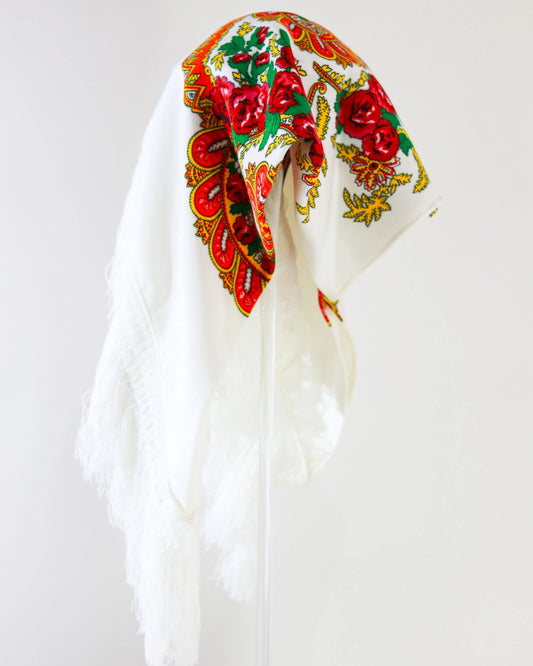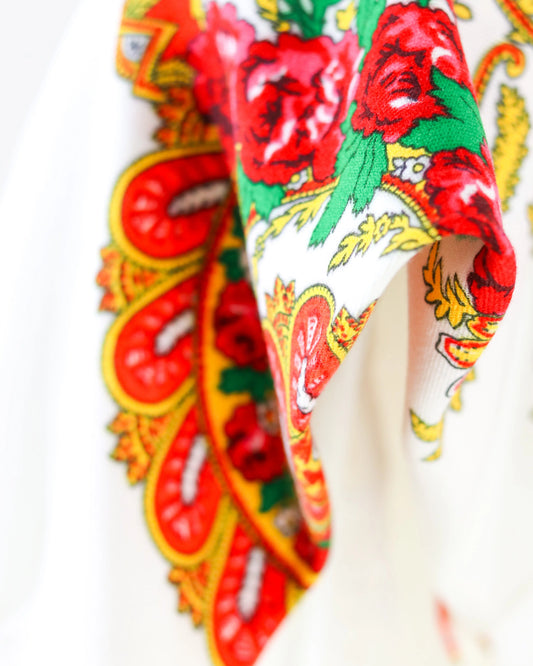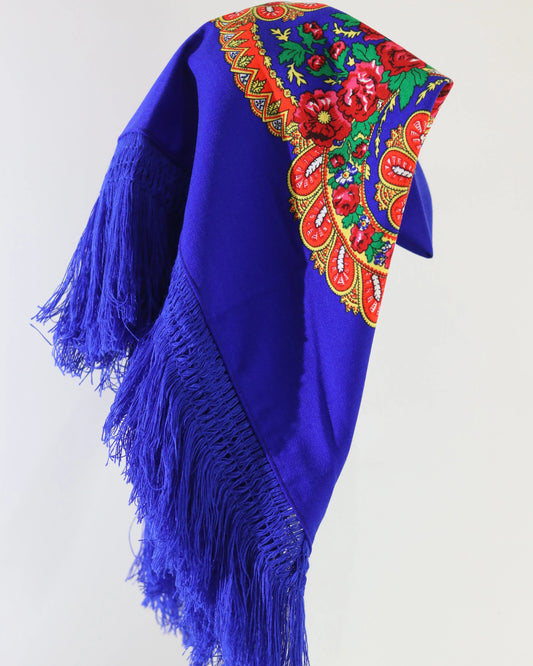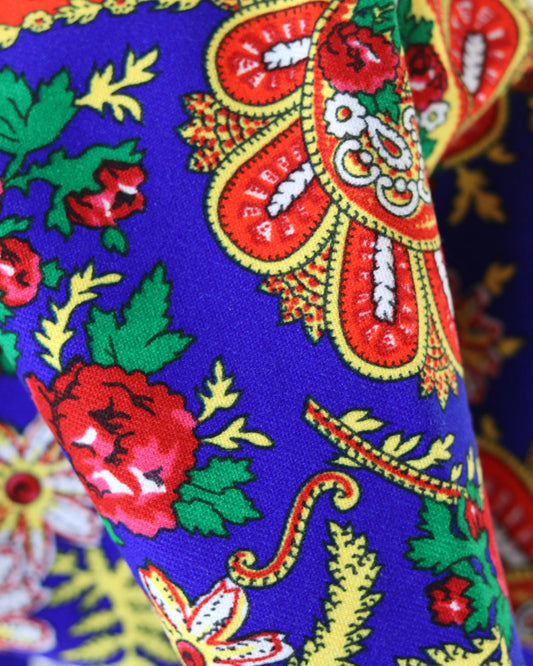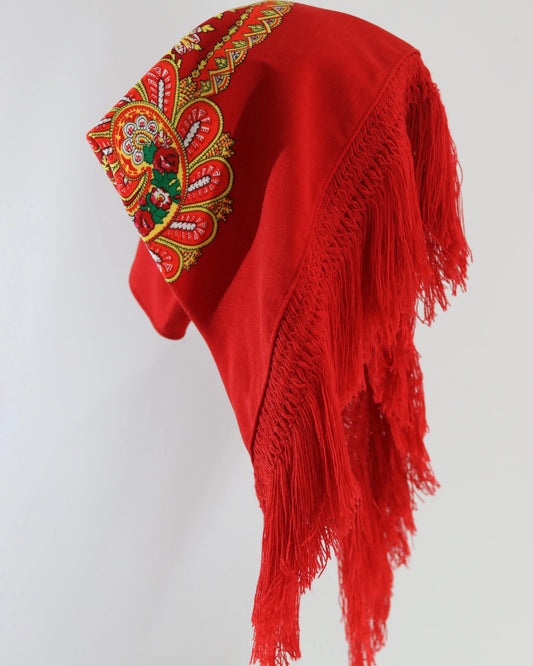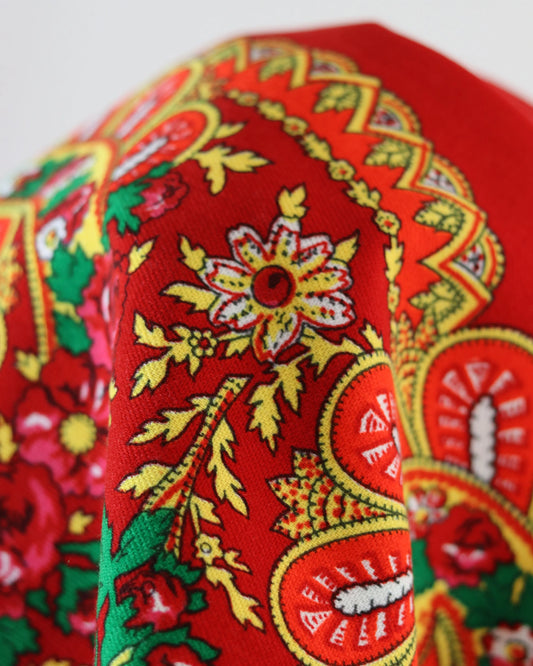Celebrating the cultural heritage of the festivals of agony
In Alto Minho, when August arrives, the city takes on a different rhythm. The sea breathes nearby, the Lima River reflects light, and the streets are adorned with flowers, sounds, and promises. In the distance, the echo of bass drums mingles with the laughter of children, the cries of market vendors, the reverence of processions, and the suspense of those awaiting the fireworks display. It is in this intersection of gestures and memories that the Agonia festivals reveal themselves: a tradition that continues to shape identity, educate the public, and inspire communities.
What remains of these festivals cannot fit on a poster, nor can it be exhausted in a weekend. It is a legacy that lives on in small gestures, in refined techniques, in chants repeated across generations. A legacy that reinvents itself without losing its meaning.
What makes this pilgrimage a living heritage
The strength of these festivals lies in the sum of mutually supportive dimensions. There is faith, aesthetics, and coexistence; there is profound symbolism and unceremonious joy; there is devotion and popular creativity.
- Religious heritage: devotion to Our Lady of Agony is rooted in the lives of those who depend on the sea, asking for protection, gratitude and hope.
- Ethnographic heritage: costumes, dances, music, flavors and expressions give shape to a culture that is recognized and shared.
- Urban and landscape heritage: the river and the sea join the party, the city becomes a stage, the street becomes a common room.
- Economic and social heritage: artisans, markets, restaurants and accommodations gain momentum, and the festival restores jobs, circulation and visibility.
This balance is delicate. It is maintained over time, with organized work and respect for the features that give the festival its authenticity.
From the chapel to the entire city
The cult of Our Lady of Agony took shape between the 18th and 19th centuries, linked to the world of fishing. Viana do Castelo's maritime landscape is more than just a backdrop; it's a reason for being. From the chapel to the sanctuary, from the shore to the port, the festival grew, incorporating streets, encompassing neighborhoods, and spilling over into the river.
Throughout the 20th century, the public dimension expanded: ethnographic processions, philharmonic bands, giants and big heads, salt carpets, and fire in Lima. Times change, and the festival continues, with reinforced committees, participation of square dance groups, and increased attention to safeguarding knowledge.
Today, pilgrimage days are awaited year-round. The city prepares as if welcoming family: songs are rehearsed, costumes are arranged, choreography is fine-tuned, molds are remade, gold is polished. All this without losing connection to a promise that is simultaneously individual and collective.
Rituals that tell the story
There are moments that define the rhythm and soul of each edition. Many visitors come to see a show; they end up understanding a language made of symbols.
- A solemn procession: measured steps, flower-laden floats, a silence that speaks. The city follows, respects, and preserves memories on every corner.
- Procession to the sea and river: decorated boats, blessed nets, appeals for protection. It's an image that combines craft, faith, and belonging.
- The Stewardship Parade: Dozens of women and girls in impeccable attire and gold on their chests. Amidst embroidery, skirts, and hearts, symbolic power and delicate aesthetics are on display.
- Ethnographic procession: floats, groups, and ranches showcase farm and seafaring activities, crafts, games, and local languages. It's anthropology in the open, without display cases.
- Salt carpets: ephemeral designs, colors that reinvent themselves, streets that become canvases. Passersby realize that the ground is also a place of celebration.
- Giants and big heads: the joy that draws children and adults to dance, remembering that the party is also measured by smiles.
- Fireworks in Lima: reflections of color, the sound of water, surprises in every explosion. It's a moment of sharing and collective joy.
Each ritual involves the work of many hands and the care of those who don't confuse speed with lightness. The celebration is intense, demands pace, and rewards the time we give.
Costumes and Gold: A Language You See
Minho costume, in Viana, is an entire vocabulary. There are ways to wear it, choose it, and explain it, and each combination tells a story.
The fabrics are valuable for their feel and color, the embroidery distinguishes origins and occasions, the apron elevates the design, and the skirt adds cadence to the walk. The gold, worked with refined technique, illuminates the ensemble and carries family memories. Nothing is casual. Each piece knows its owner, date, function, and affection.
- Farmworker's attire: bright colors, embroidered apron, matching scarf, and patterned socks. Represents work, dignity, and celebration in the countryside.
- Butler's attire: refinement, generous filigree, precision in layers. It conveys responsibility and social prestige in the community.
- Fisherwoman's attire: practical sobriety, references to the work, a rhythm that comes from the tide.
- Minho wedding attire: white, gold, and emotion. A portrait of affection displayed to the city.
Viana's filigree, with its hearts and fine meshes, demands attention. These are workshops that still beat metal, heat solder, flatten wire, and draw light. These are knowledge with names and surnames, passed on in laps and on benches, protected by steady hands.
Costume reference chart
| Costume | Main elements | Context of use | Cultural message |
|---|---|---|---|
| Farmer | Colorful skirt, embroidered apron, scarf | Ethnographic and festive | Agricultural pride, vitality, belonging |
| Butler | Dark skirt, vest, lots of gold | Ceremonial at the pilgrimage | Prestige, ritual responsibility |
| Fisherwoman | Practical fabrics, restrained tones | Connection to the sea and craft | Work, tide, sobriety |
| Minho bride | White, mantilla, highlighted filigree | Marriage and public appearances | Affection, promise, family continuity |
This picture is a simplification. The reality is richer, with local nuances, period influences, and personal choices. Watching the parade closely reveals this hidden grammar.
The music that calls people
The party has its own soundtrack. Marches, Minho-style waltzes, polkas, malhões, challenging songs, stubborn concertinas, bass drums that mark the heart of the street. Music appeals to the body and memory, and you don't need a microphone to fill it.
The marching bands arrive from neighboring towns and far away, disciplined and exuberant. The groups rehearse for months on end, ensuring their movements are clear and their tap dancing is spot on. The accordion players bring an easy laugh, but also a repertoire that retains old and unexpected notes.
There are nights of revelry that are measured by the steps taken. And there are those who find, in music, a meeting place beyond differences and ages.
Workshops, fairs and cooking
Behind the glitter, there are workshops. Embroiderers mastering stitch by stitch, goldsmiths refining details invisible to the hurried eye, masters assembling stretchers, and improvised landscape architects laying out carpets. The festival is also a laboratory of know-how.
Fairs provide space for working hands:
- Stalls with filigree and designer jewelry, where tradition and innovation collide
- Fabrics, scarves, socks and aprons, with traditional prints and current variations
- Ceramics, wood, baskets and cutlery, the complete inventory of Minho houses
- Convent and family sweets, dishes full of cinnamon and history
At the table, the region showcases its expertise. Steaming soup at dusk, grilled fish, pork belly that calls for a poppy-flavored wine, fritters that wink at the river. The pilgrimage whets the appetite and gives time for conversation.
People and institutions holding the thread
None of this happens completely spontaneously. Committees, councils, associations, parishes, museums, and schools weave the fabric throughout the year.
- Party committees that set up the program, logistics, and financing
- Parish and brotherhoods that organize the devotional side
- Ranches and cultural groups that rehearse and form new elements
- Museums and interpretive centers that document, study and showcase
- Schools and workshops that teach techniques: embroidery, filigree, music and dance
One name deserves a close look: the Viana do Castelo Costume Museum. There, with time and context, you can appreciate the richness of fabrics, prints, and uses. It helps you better understand the street when the festivities begin.
Safeguarding intangible heritage
To talk about heritage is to talk about continuity. The festival exists because people recognize the value in maintaining it. This requires decisions.
- Recording and archiving: photographs, films, programs, sheet music, embroidery patterns. A repository that allows for study and recreation.
- Training: free courses, workshops in schools, residencies with master craftsmen.
- Support for artisans: access to quality raw materials, curated fairs, cooperation networks.
- Quality programming: clear criteria, balance between tradition and innovation, respect for the rhythms of the festival.
- Academic research and public sharing: studies that inform practices and facilitate dialogue.
This care isn't bureaucracy. It's a way of giving a future to what makes sense in the present.
Ecology, mobility and accessibility
A large-scale party presents challenges. Addressing these issues effectively improves everyone's experience and adds value to the legacy.
- Reducing plastics and improving waste management, with visible recycling points
- Encouraging public transport, bicycles and pedestrian routes
- Clear, multilingual signage with easy-to-read maps
- Rest and shade areas, drinking water, accessible restrooms
- Programming with family-friendly schedules and those with reduced mobility
- Agile, discreet and effective security and first aid systems
Sustainability is also cultural. It preserves the territory, protects those who participate, and allows more time for the encounter.
Economic impact with deep roots
The pilgrimage is both a showcase and a driving force. Hotels fill up, restaurants operate diligently, and local businesses gain new storefronts. At the same time, there are risks that deserve attention: excessive banalities, noise that obscures detail, and pressure on those who produce with care.
An intelligent cultural policy seeks to:
- Fair remuneration for artists and artisans
- Fair curation that prioritizes quality and authenticity
- Residency and commissioning programs that encourage rooted creation
- Partnerships with universities and institutes to measure impact and guide decisions
- Communication that values content, not just numbers
The festival is valuable because of the intensity with which the territory recognizes it as its own. The economy flourishes when it maintains this root.
Ways to learn and pass the baton
The children dancing in the square today will be responsible for maintaining meaning and rigor tomorrow. The broadcast requires both formal and informal spaces.
- Traditional music clubs in schools
- Introductory workshops on Minho embroidery
- Guided tours of the sanctuary and the Costume Museum
- Conversations with master goldsmiths and embroiderers
- Open digital archives, with resources for teachers and families
Technology can serve this mission. Audio recordings of singing, videos of choreography, pattern databases, interviews with protagonists. Not to replace the experience, but to support it.
Itinerary of moments not to be missed
The festival is vast. A simple itinerary will help guide you.
- Arrival: afternoon of the first day, get a feel for the city, map out the streets, choose a meeting point
- Stewardship Parade: arrive early, observe details, listen to explanations from those in the know
- Salt carpets: walk calmly, respect their ephemerality, photograph without disturbing them
- Procession to the sea and the river: looking for a place with perspective, seeing the composition of the boats
- Ethnographic procession: following a section on foot, another from a fixed point to see passages
- Music night: alternating between band, concertinas and dancing
- Fire in Lima: look for margins with space and little wind, respect safety perimeters
Bring comfortable shoes, water, curiosity, and respect. The party will give back in kind.
Summary timeline
| Period | Marks of time |
|---|---|
| 18th-19th centuries | Growth of devotion to fishing and the sea |
| End of the 19th century | Urban affirmation, strengthening of processions and community involvement |
| 20th century | Expansion of processions, consolidation of costumes and popular soundtrack |
| Turn of the 21st Century | Organizational professionalization, attention to safeguarding and sustainability |
| Current Affairs | Internationalization of the public, strengthening of archives and training |
Chronology simplifies a rich process, made up of advances, pauses, and choices. It serves as a map, not a boundary.
Pay close attention to the details of the street
The street has a lot to offer. Flower arches that demand a gardener's patience, small window altars, sidewalk edges where you can see elaborate socks and buckled shoes, shadows where elders point out who was who in their time. Heritage lives on in these small theaters.
Talking to those who assemble, those who transport, and those who sweep up at the end gives a different perspective on the festival. The fatigue is real, as is the enthusiasm. The city sees itself in the mirror and recognizes itself.
How to photograph and participate carefully
The party loves to be photographed. There are ways to do this without ruining the gesture.
- Asking for permission when the photograph is a close-up portrait
- Avoid flash in devotional context
- Do not block the passage of processions and processions
- Share images with credits where applicable
- If you publish, contextualize so as not to flatten the meaning of the symbols.
Participation is the future. Singing a song, winding up a giant, learning how to tie a scarf, understanding the history of a piece of gold. Today's spectator can be tomorrow's guardian.
Viana, sea and promise
The river flows gently at the right tide, the sea not always. The celebration takes place in this dialogue of water and stone, in the smell of the sea and grilled sardines, in the intermittent sound of bands and fireworks. Those who climb to the sanctuary at dusk recognize, on the horizon, a line that joins past and desire.
When the image passes, there are those who pray, those who photograph, those who cry, and those who smile. Everything fits. The important thing is that, year after year, the city maintains its capacity to give and receive. The legacy doesn't remain in the museum of memory; it lives in practice, in the bodies that move, in the voices that repeat songs, and in the eyes that, even accustomed, still wonder.
The night closes with the reflection of lights on Lima, and the party continues in the conversations that linger on street corners and in the plans for the next day. There's always more to see, hear, and learn. And it is in this movement that the legacy of the Agonia festivals is renewed, whole, with the serenity of those who know where they come from and the joy of those who celebrate what remains.

